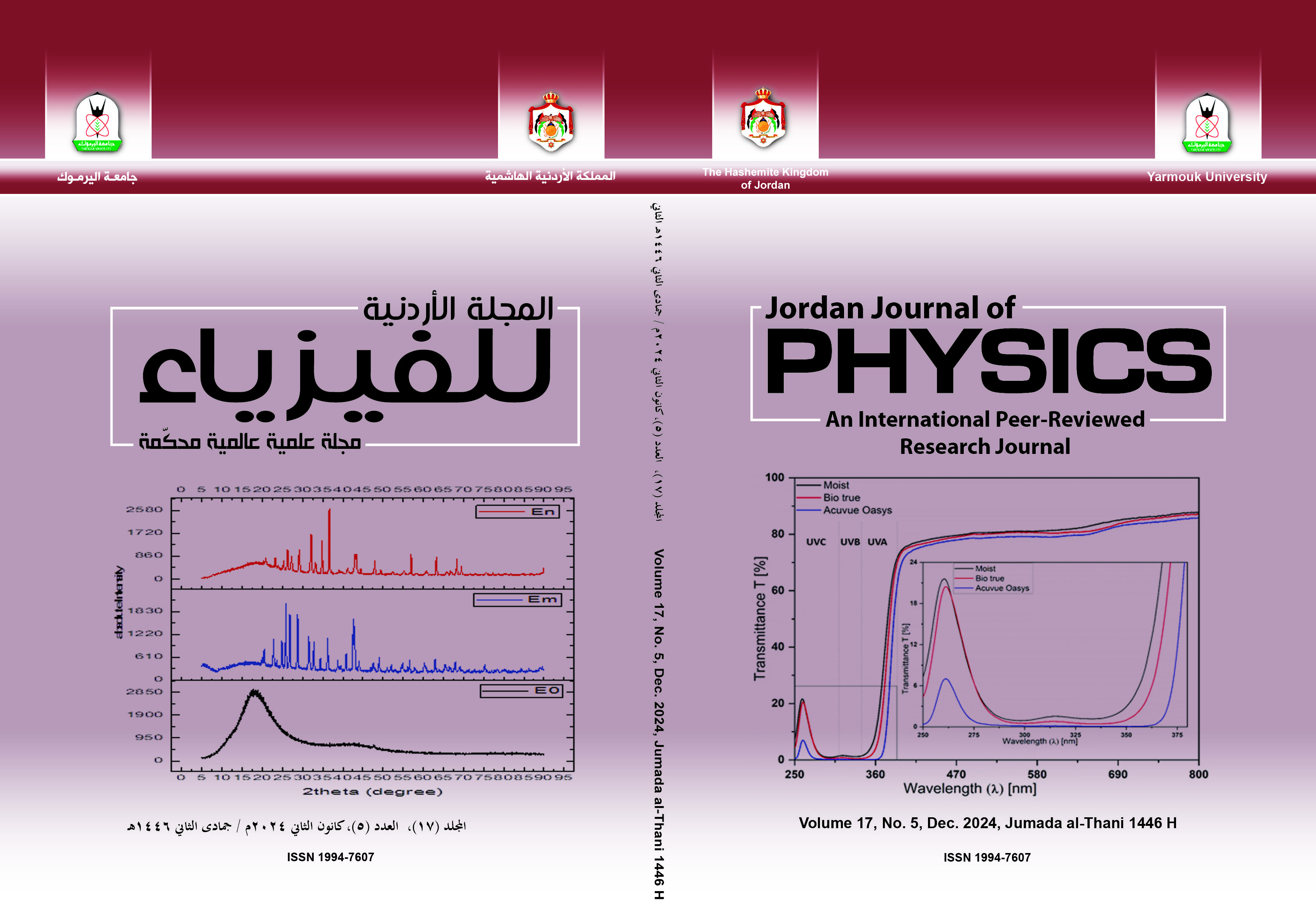On the Distribution of Massive White Dwarfs and Its Implication for Accretion-Induced Collapse
Abstract
A White Dwarf (WD) star and a main-sequence companion may interact through their different stellar evolution stages. This sort of binary population has historically helped us improve our understanding of binary formation and evolution scenarios. The data set
used for the analysis consists of 115 well-measured WD masses obtained by the Sloan Digital Sky Survey (SDSS). A substantial fraction of these systems could potentially evolve and reach the Chandrasekhar limit, and then undergo an Accretion-Induced Collapse (AIC) to produce millisecond pulsars (MSPs). I focus my attention mainly on the massive WDs (MWD ≥ 1M⊙), that are able to grow further by mass-transfer phase in stellar binary systems to reach the Chandrasekhar mass. A mean value of M ~ 1.15 ± 0.2M⊙ is being derived. In the framework of the AIC process, such systems are considered to be good candidates for the production of MSPs. The implications of the results presented here to our understanding of binary MSPs evolution are discussed. As a by-product of my work, I present an updated distribution of all known pulsars in Galactic coordinates pattern.
Keywords: Stars; Neutron stars; White dwarfs; X-ray binaries; Fundamental parameters.


